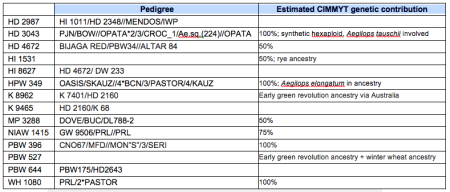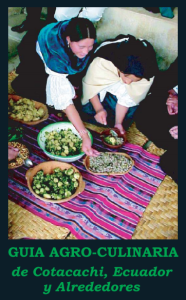Fresh food grown in the microgravity environment of space officially is on the menu for the first time for NASA astronauts on the International Space Station. Expedition 44 crew members, including NASA’s one-year astronaut Scott Kelly, are ready to sample the fruits of their labor after harvesting a crop of “Outredgeous” red romaine lettuce Monday, Aug. 10, from the Veggie plant growth system on the nation’s orbiting laboratory.
And I’m pretty sure you’ll be able to watch them do it.
As for Outredgeous, you can buy it online. It was bred by Frank Morton, as Matthew Dillon of the Organic Seed Alliance told me on Facebook:
The varieties that University of Wisconsin researchers recommended they grow were bred by Frank Morton, an organic farmer with no formal training in genetics, but one of the more successful vegetable breeders of our time. Farmers as seed innovators, even in space.
You can find his story online in various places.
His varieties are grown in many countries and even in space: Outredgeous, one of his most popular lettuces—so named for leaves so red that the botany students who first saw it didn’t recognize it as lettuce—is being grown on the International Space Station. (It grows quickly, has a high concentration of antioxidants, and is highly bacteria-resistant—a concern for astronauts eating raw food.)
But why not let him tell it?
My education as a plant breeder has been through several stages. The first one, just described, was based primarily on direct experience with the repeated life cycles of plants and their insect cohorts. I also read the twenty volumes of Luther Burbank’s life and work, which does not really qualify as an education in breeding these days (“Can you learn anything reading those?” one well known breeder asked). But Burbank was inspiring beyond belief, and made me believe anything was possible, given enough tries. Persistence pays.


